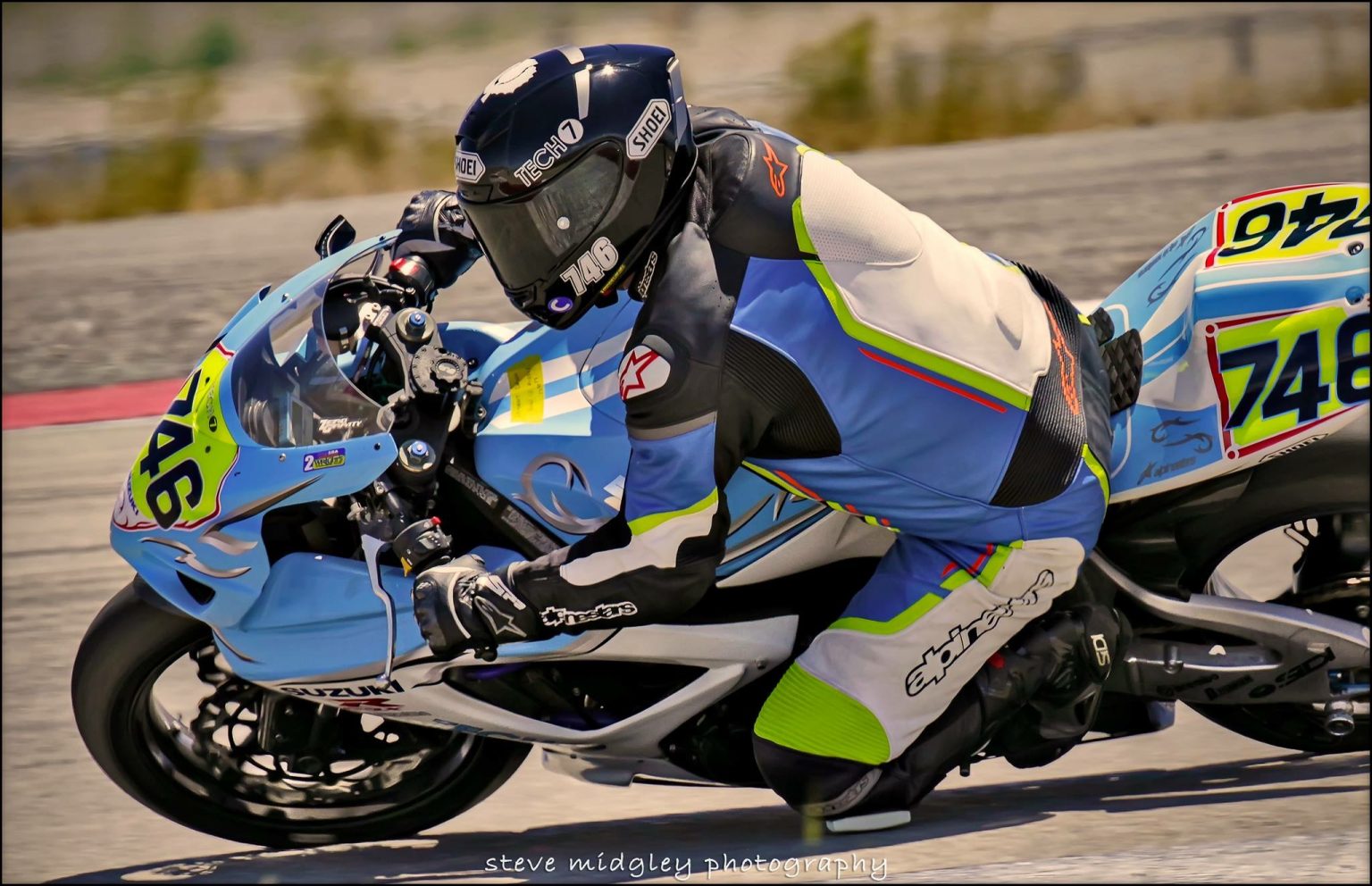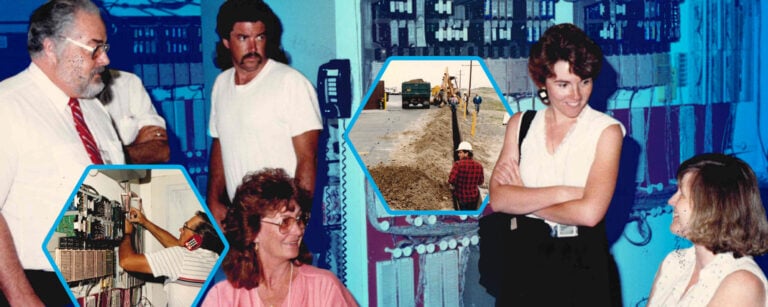Raymond Clark understands how to play it safe. He does it both at work and while racing a motorcycle at more than 100 mph.
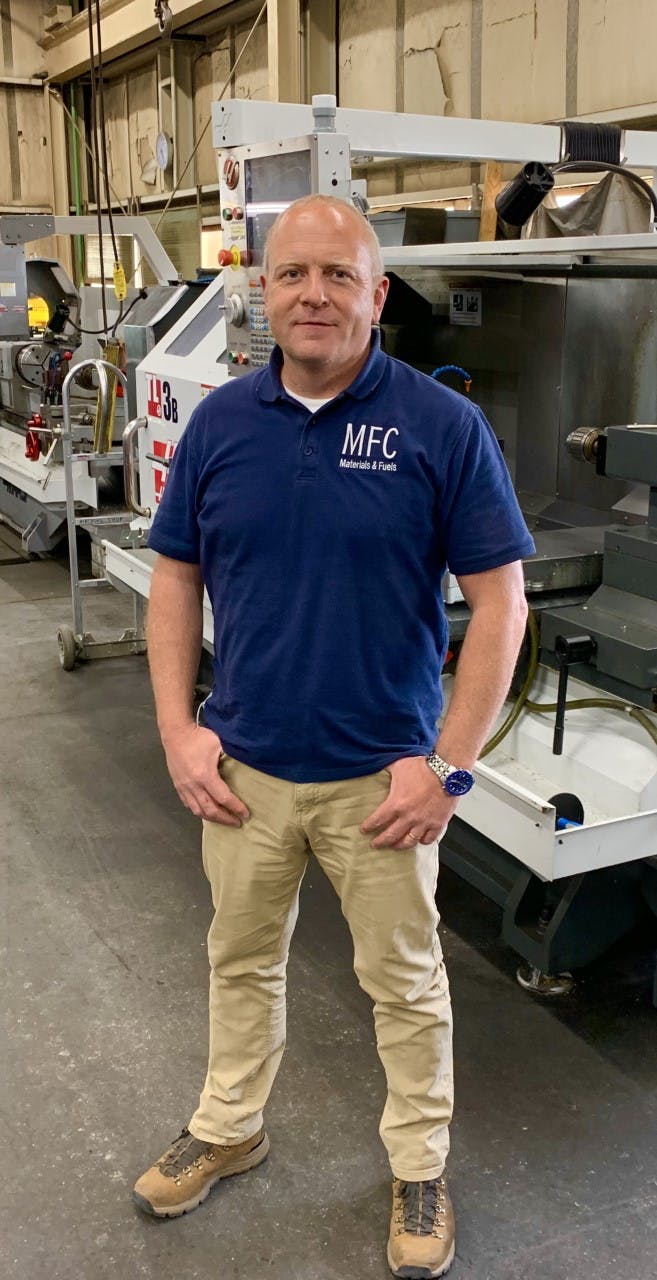
To some, competitive motorcycle racing might seem like a foolhardy event for the unwise. But Clark finds that quite the opposite is true. “A lot of people look at this sport and say that’s the craziest thing they’ve ever seen,” he said, “but it’s a very controlled environment.”
Clark was born in Scotland and has loved racing since he was “a little lad.” He would ride his tricycle around the yard making “vroom, vroom” sounds. When he was 21, he sold everything he had – including two motorcycles – and moved to America with $1,500 in his pocket and two suitcases.
“Emigrating to America was exciting and a new challenge,” he said.
He has raced on and off since then, hitting the track consistently since 2009.
He is an amateur racer, which means there is no prize money involved when he competes. Yet, his love for the sport leads him to run six events per season (from May to October), where he competes in two or three races per event. For 20 minutes, he will complete six to seven laps on a 1.4-mile course, for a total of about 10 miles moving at 120-130 mph.
“It’s an intense 20 minutes,” he said. “This is motorcycling distilled into its purest form. It’s just you, the bike and the track.”
Surprisingly, Clark says motorcycle racing is safer than many other sports in part because it takes place in a controlled environment. Accidents happen in this sport, though they are unusual. Clark has needed to put his bike down a few times, but he has never broken a bone while racing in the past 10 years. The high degree of safety in what many consider to be a dangerous sport comes from being prepared both mentally and physically.
To prepare, Clark practices some essential safety principles. Before each race, he checks every bolt, every safety wire and every torque setting to ensure his machine is 100% mechanically sound. At work, his shop follows the same principles to ensure the fabrication equipment is 100% mechanically sound.
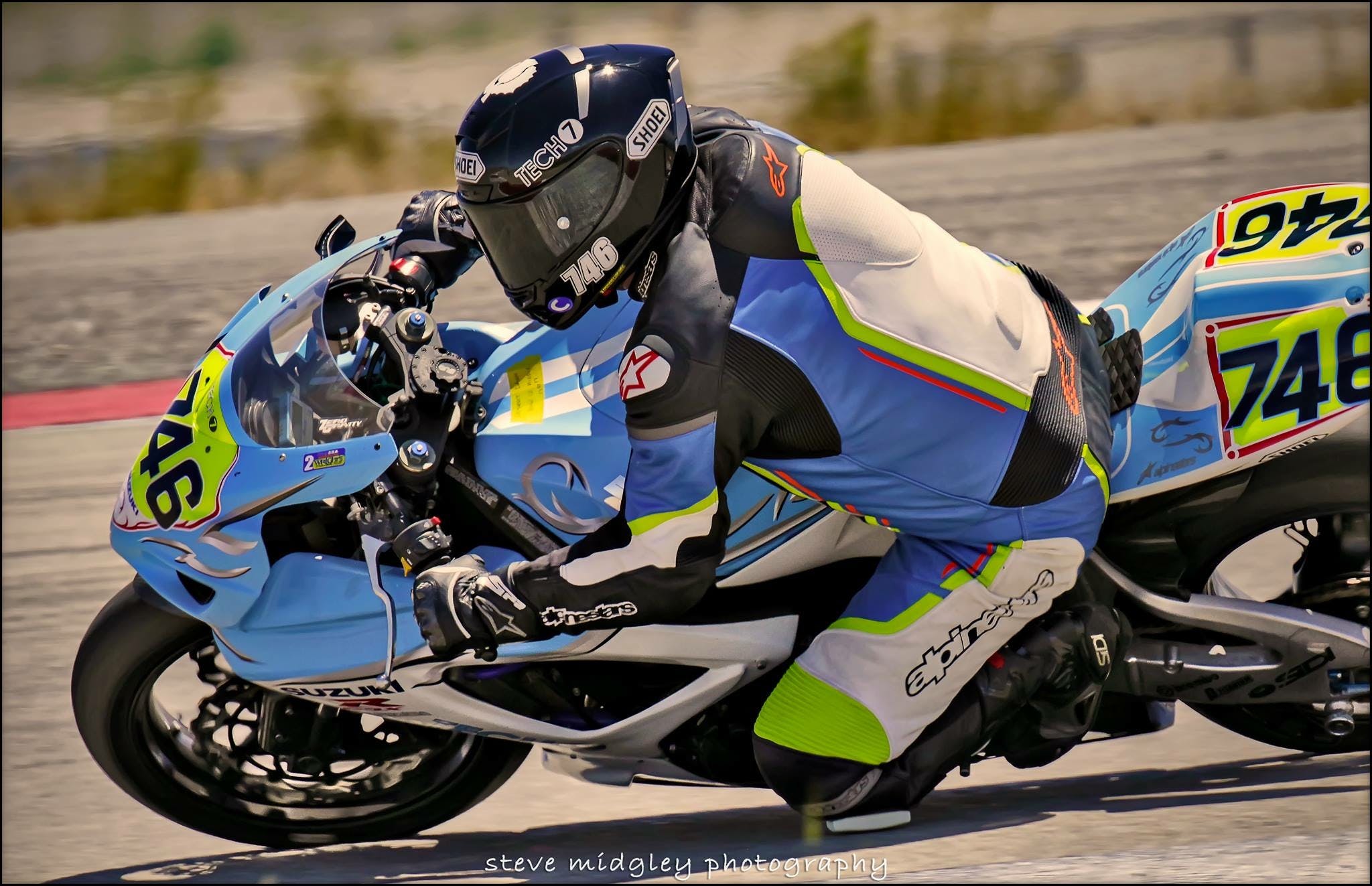
“Human error is the only thing we can’t control for,” he said. “Everything else is preventable.”
Clark started in 2017 at Idaho National Laboratory, where he is fabrication manager at the Materials and Fuels Complex (MFC). He sees parallel philosophies between what he calls a “high-consequence industry” (such as nuclear science, technology and research) and a “high-risk/consequence sport.” At work and on the track, he depends on what he considers “vital” Human Performance Improvement (HPI) principles such as peer checks, situational awareness, critical steps, preparation, trust, physical and mental fitness, at-risk practices, and a questioning attitude. In fact, he keeps a copy of INL’s HPI guidelines booklet in his motorcycle toolkit to remind him that he is the one in charge of his safety.
His steadfast adherence to these principles makes all the difference when he’s on the track. Instead of worrying about whether his bike is ready to go, he can focus on the experience.
What does that feel like?
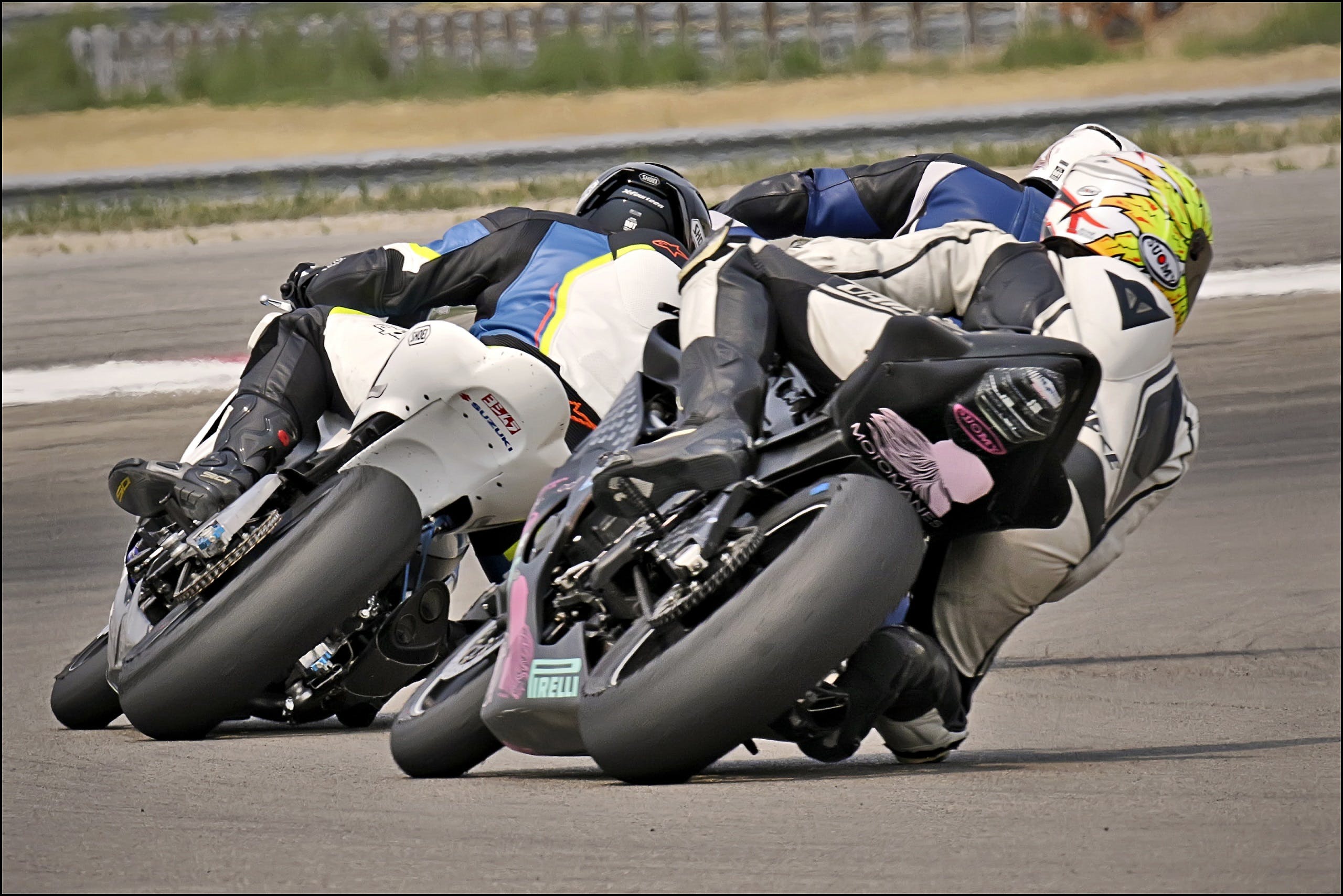
“It’s loud. You can smell the exhaust of other bikes,” he said. “There are little bits of rubber coming off the tire in front of you and hitting you in the helmet. It’s a rush; you never feel more alive.”
Clark said he doesn’t get the same rush at work, but he does note some similarities between the two environments. For instance, on the track he enters each race with a deep trust and respect for the other competitors. He takes a similar view at MFC.
“When you arrive at the track and when you arrive at MFC, you’re entering an environment that demands respect,” He said.
His favorite part of the job is the people he works with – his colleagues and managers. They work hard at building trust and looking out for each other.
The most significant attributes he carries from motorcycle racing into the workplace are those HPI principles. He puts the same preparation into safety on the job that he puts into safety on the track.
“Every time you come here, it’s game day,” he said. “You show up to work and you’re there to deliver.”
Hobbies are fulfilling, and fulfilled people make more productive employees. Hobbies unearth hidden skills, alleviate stress, unite you with others, and improve quality of life — all things that will help you function better at work. See other stories about Idaho National Lab employees.

